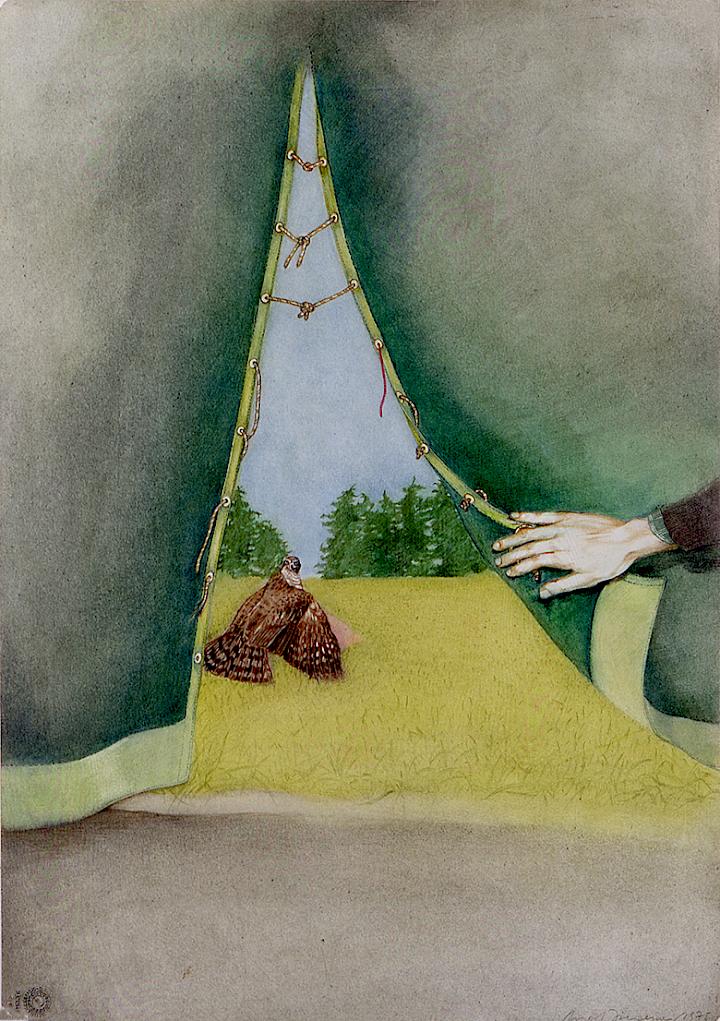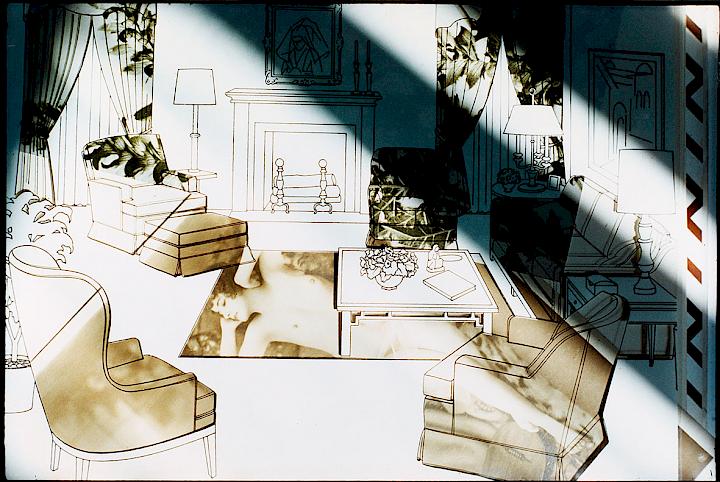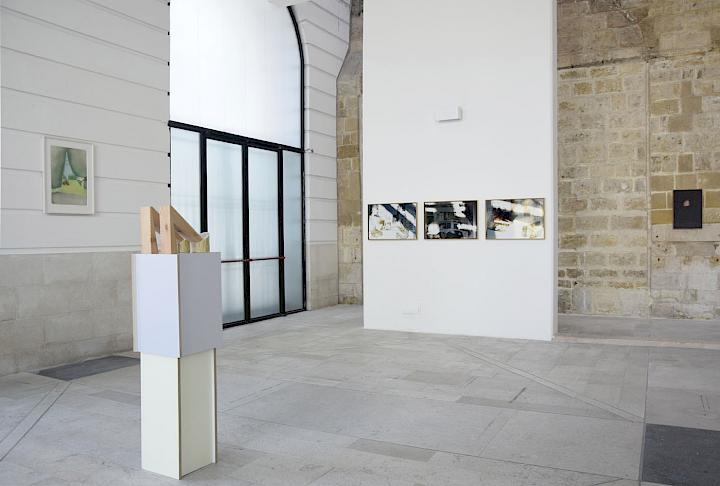05/07/18 till 05/08/18
LA CITTÀ PROVVISORIA / THE PROVISIONAL CITY
”Sense is a nonexisting entity, and, in fact, maintains very special relations with nonsense” [1]
The title of the exhibition consists of two words with ambiguous meanings. The term "city" recalls a notion that proves to be undetermined: it is still in use in the public discourse for its evocative power, but given the actual difficulty of defining the city’s boundaries (let us think, for example, of the expanding suburbs and the relationships between urban and non-urban spaces), in the contemporary discourse on urbanism other definitions are actually preferred - such as those of "conurbation", "urban agglomeration"," urban territories","landscape-city"[2] mehr
In 1973 Félix Guattari[3] postulates that the city exists only as ”collective phantom“ and that it cannot be thought as a defined entity, but on the contrary only as a field of different forces. Later on, resuming the discussion, Guattari and Gilles Deleuze argue that there is no such thing as the city, but rather a set of urban "équipments", of infrastructures in which urbanization and subjectivities intertwine. Therefore, as such, the city is by definition "provisional". Here two meanings are implied in dialectical relation: on one hand "potential"-in progress, always transformable, testable; on the other temporary, precarious. In the mutable city an enormous potential is concealed: new forms of life, of individual and collective action can be developed. The subject constitutes in itself a power relationship between action (through the elaboration and self-production) and the subjugation (through inevitable, continuous processes of objectification and simplification of complexity). Even though power and objectification dynamics are unavoidable, it is still possible to formulate a subjectivation that allows for a disequilibrium amongst them and which grants the "constitution of the self" within a common space. "The provisional city" takes into consideration and investigates this very relationship between space and subjectivation[4], exploring the urban landscape and systematizing its multiple, overlapping and communicating layers.
The interdependence between spaces and bodies, among which politics emerges[5], is here recalled in a similar fashion to the mechanism that brought the German term "Frauenzimmer"[6] to change meaning: if in the 15th century the word referred to the space of a physical room, in the 17th century its semantic scope changed and began to define instead the subject – in particular the woman - who lived in that space. This very “linguistic movement” becomes crucial for it suggests not only the mutual relationship between places and individuals, but also the procedures of mutual affection, of reciprocal change. The exhibition, which brings together in one place different "spaces" and dimensions - in some cases apparently incompatible - can be read using the foucaultian notion of heterotopy[7], a tool that undermines and repeatedly disrupts language, definitions and common places. As in the heterotopies, “The provisional city” collects diverse “spaces” that, for various reasons, do not undergo normalizing forces: both the interiors of the houses and the metropolis seen from above constantly escape categorization. The exhibition takes shape through sets of fragments and variations of scale and spatiality within the very same gaps that exist between categories.
“The provisional city” features the work of eight artists, who on different levels, deal with the politics of urban landscape and with its structures, and whose combined works create a network of asymmetric relationships: social, spatial and affective. Oblique trajectories that systematize different degrees of proximity. The gaze moves from afar (for an overall vision) to close (to explore the details), with attention and distraction.
“Politics is no longer defined as the exclusive business of public sphere distinct from a private one, but it crosses that line again and again, bringing attention to the way that politics is already in the home, or on the street, or in the neighborhood, or indeed in those virtual spaces that are unbound by the architecture of the public square. So when we think about what it means to assemble in a crowd, a growing crowd, and what it means to move through public space in a way that contests the distinction between public and private, we see some way that bodies in their plurality lay claim to the public, find and produce the public through seizing and reconfiguring the matter of material environments; at the same time, those material environments are part of the action, and they themselves act when they become the support for action.”[8]
The collective exhibition curated by Melissa Destino includes works by Ann Agee, Stefano Faoro, Judith Fegerl, Roxane Huilmand, Birgit Jürgenssen, Aglaia Konrad, Inga Meldere, Maruša Sagadin.
[1] Gilles Deleuze, The Logic of Sense, trans. Mark Lester (New York: Columbia University Press, 1990)
[2] See in this regard Livio Boni “La città corpo senza organi. L’attualità del dialogo tra Deleuze-Guattari e Foucault sulla città come campo di produzione di soggettività” in Scienza & Politica 45/2011
[3] Michel Foucault, “Généalogie du capital, vol. 1: Les équipements du pouvoir. Villes territoires et équipements collectifs” in Recherches, no. 13, Paris 1973
[4] See in this regard: Michel Foucault, “Le sujet et le pouvoir” in Dits et écrits: 1954-1988 Tome IV (Paris: Gallimard, 1994)
[5] Judith Butler, “Bodies in Alliance and the Politcs of the Street.” Lecture held in Venice, 7 September 2011 as part of the conferences The State of Things.
[6] I found out about the word “Frauenzimmer” through Aglaia Konrad’s homonymous exhibition
[7] Definition of heterotopia in Treccani encyclopedia: Medical term used by the French philosopher Michel Foucault to indicate those real places, found in every culture of each time, structured as defined spaces, but absolutely different from all other social spaces, where the latter are "at the same time represented, challenged, overthrown".
[8] J. Butler, ivi.




